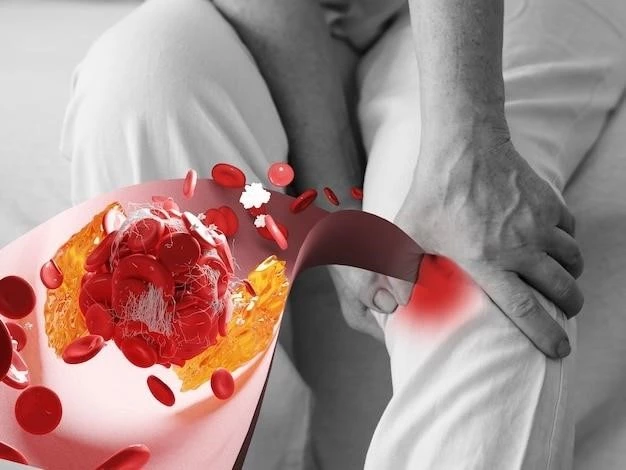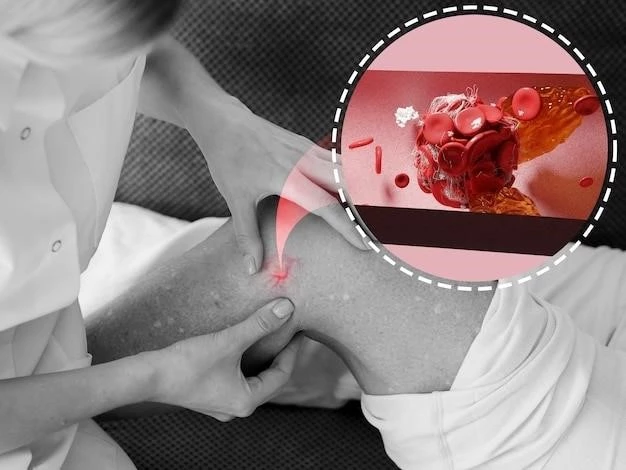Comprehensive Plan on Angiomatosis
Angiomatosis is typically caused by a genetic mutation, resulting in abnormal blood vessel growth․ Symptoms include pain, swelling, and potential organ damage․ Treatment options focus on managing symptoms and may involve surgery, medication, or radiation therapy․
Understanding Angiomatosis
Angiomatosis is a rare condition characterized by the abnormal growth of blood vessels, often affecting the skin, soft tissues, and internal organs․ This excessive and disorganized blood vessel formation can lead to a range of symptoms, depending on the location and extent of the lesions․ It is crucial to differentiate angiomatosis from other vascular anomalies to provide appropriate management strategies․
Causes of Angiomatosis
Angiomatosis is primarily caused by genetic mutations that lead to abnormal growth and development of blood vessels․ These mutations can disrupt the signaling pathways involved in angiogenesis, resulting in the formation of multiple blood vessel clusters․ Factors such as environmental triggers, hormonal changes, or unknown genetic predispositions may also contribute to the development of angiomatosis․
Symptoms of Angiomatosis
Common symptoms of angiomatosis include pain, swelling, red or purple skin discoloration, visible or palpable lumps under the skin, and potential organ dysfunction if internal structures are affected․ The severity of symptoms can vary depending on the size, location, and number of lesions present in the body․
Treatment Options for Angiomatosis
Treatment for angiomatosis aims to manage symptoms and prevent complications․ Options include surgical removal of lesions, medications to alleviate pain or reduce blood vessel growth, laser therapy to improve skin appearance, embolization to block abnormal blood vessels, and in some cases, radiation therapy․ A multidisciplinary approach involving specialists in dermatology, oncology, and surgery is often necessary to tailor the treatment plan to the individual’s needs․
Diagnosis of Angiomatosis
Diagnosing angiomatosis typically involves a comprehensive evaluation, including a physical examination, imaging studies such as MRI or CT scans to visualize the extent of lesions, and possibly a biopsy to confirm the presence of abnormal blood vessels․ Genetic testing may be recommended to identify specific mutations associated with angiomatosis․ A collaborative effort between healthcare providers specializing in dermatology, radiology, and pathology is crucial for an accurate diagnosis․

Prognosis, Prevention, and Living with Angiomatosis
Prognosis for angiomatosis varies depending on the extent of the condition and individual response to treatment․ Regular monitoring and follow-up appointments are essential to manage symptoms and address any new developments․ Currently, there are no specific preventive measures for angiomatosis due to its genetic nature․ Patients with angiomatosis may benefit from support groups and counseling to cope with the emotional and physical challenges associated with the condition․
